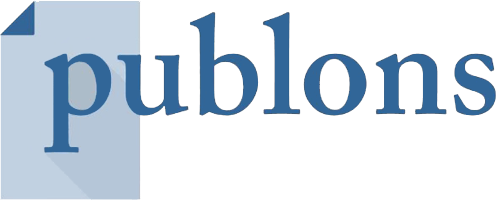Role of a proprietary mixture of water-soluble, viscous fibers and phytosterols in managing overweight/obese subjects poorly following a prescribed diet and physical exercise regimen. Preliminary results
Keywords:
psyllium, glucomannan, depolymerized guar gum, phytostanolsAbstract
Objective: We evaluated the use of a mixture of water-soluble, viscous fibers and phytosterols/phytostanols (Fibermet®) in controlling body weight, body mass index, waistline, hip size, basal glycemia, post-prandial glycemia, cholesterol and triglycerides in overweight/obese subjects poorly adherent to follow a low-calorie diet and physical exercise regimen. Methods: Enrolled participants (N=50) were divided into a treatment and a control group. The treatment group (N=28) consisted of subjects poorly adherent to follow a low-calorie diet and prescribed physical exercise. The control group (N=22) consisted of subjects closely adherent to prescribed lifestyle changes. Anthropometric measurements and blood analysis were performed at enrolment and at the end of the study (T=28 days). Results: All 50 enrolled subjects completed the study. Subjects treated with Fibermet® significantly reduced their body weight and body mass index. Blood analysis revealed significant reductions of about 9% in post-prandial glycemia, total and LDL cholesterol, and triglycerides. Body weight and body mass index were also reduced in the control group (lifestyle intervention). No other parameters were modified by the intervention. Conclusions: Our results show that in subjects poorly adherent to hypocaloric diet and lifestyle changes, a mixture of water-soluble, viscous fibers together with phytosterols and phytostanols could help reduce overweight/obesity, post-prandial hyperglycemia and raised cholesterol and triglycerides.Downloads
Published
Issue
Section
License
This is an Open Access article distributed under the terms of the Creative Commons Attribution License (https://creativecommons.org/licenses/by-nc/4.0) which permits unrestricted use, distribution, and reproduction in any medium, provided the original work is properly cited.
Transfer of Copyright and Permission to Reproduce Parts of Published Papers.
Authors retain the copyright for their published work. No formal permission will be required to reproduce parts (tables or illustrations) of published papers, provided the source is quoted appropriately and reproduction has no commercial intent. Reproductions with commercial intent will require written permission and payment of royalties.

This work is licensed under a Creative Commons Attribution-NonCommercial 4.0 International License.


